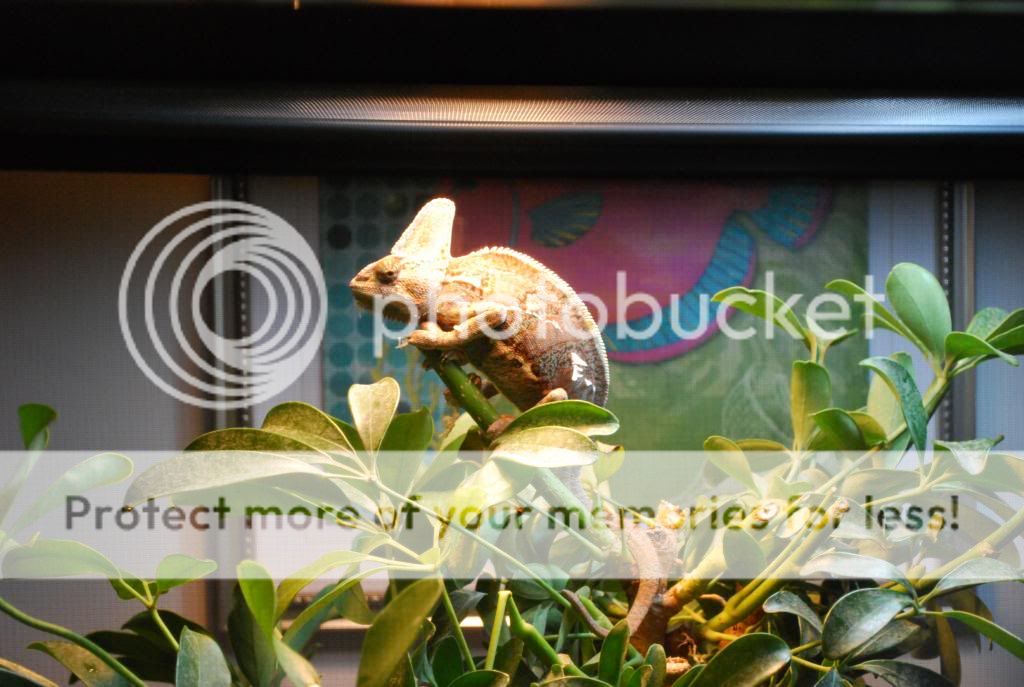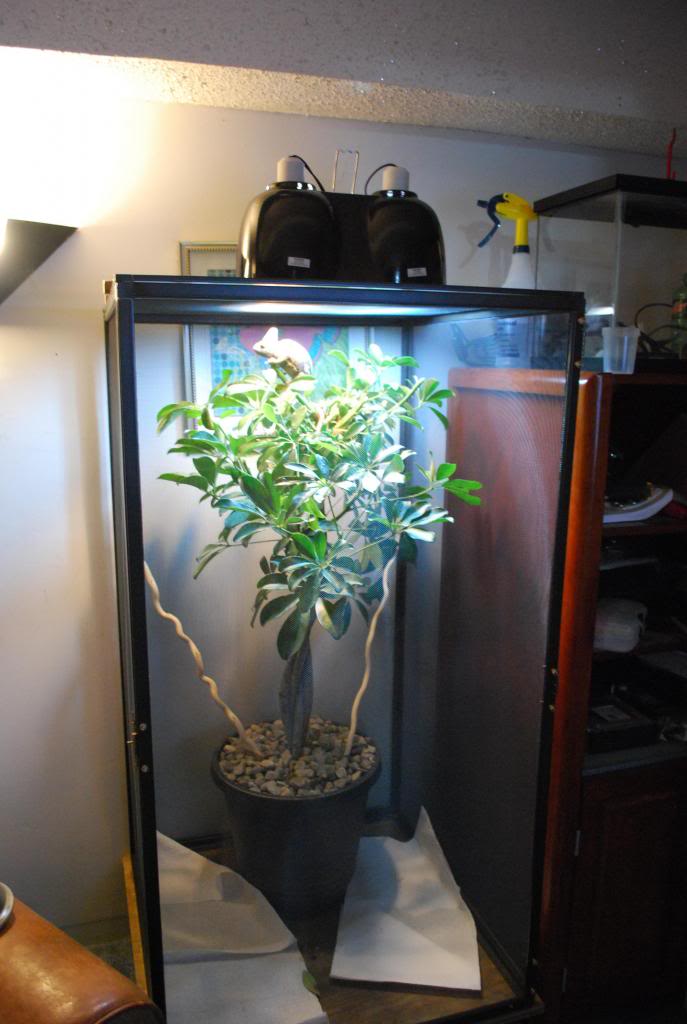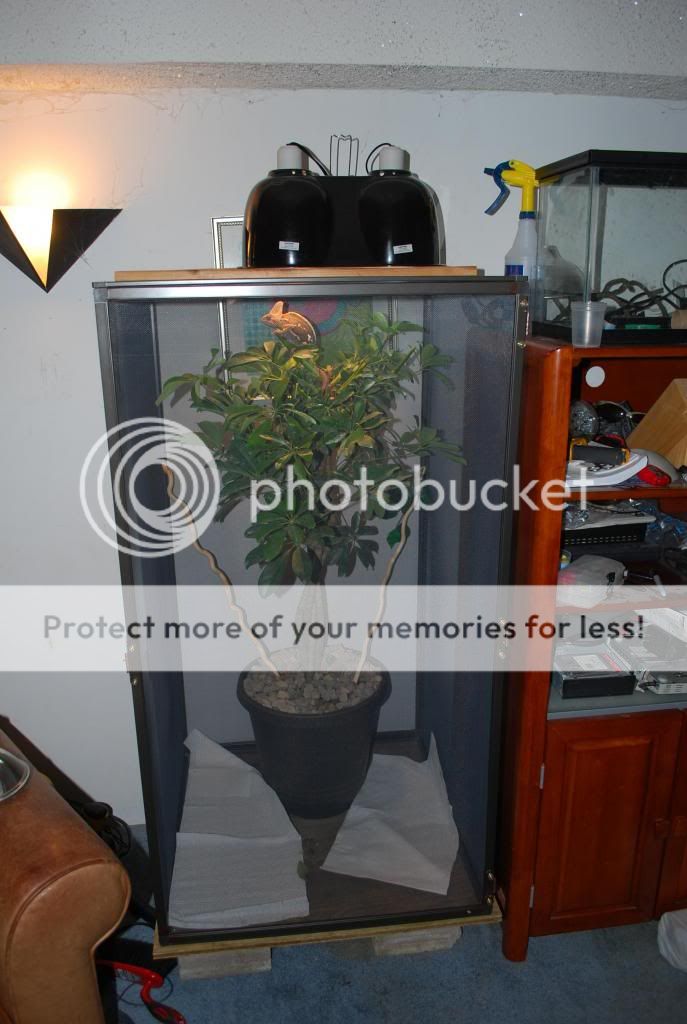freshfish
New Member
Hi everyone ,
My name is Chad and I'm new here. After 10 years of keeping saltwater reef aquariums I have decided to expand my horizons of caring for exotic animals. After a long hard thoughtout decision I decided to tear down my 220gal reef and venture into a panther chameleon. I have always wanted one but having two super dedicated hobbies at once would be really exhausting. After reading and looking on the forum it looks like I'm diving right into my next addiction and I'm excited! Half the fun for me is building the system and making it work I've seen a lot of sweet set ups on here and have a lot of great ideas from all of your ideas and I have a few questions for ya.
1) I would like to use Cedar as it naturally inhibits deterioration better than other woods . Is this ok & can it be sealed with a wood sealer? I want to inlay the screen' s just like a house window.
2) What kind of screen should I use ? metal window screen? or the fiber mesh?
3) Bottom substrate? From the pictures of some of your guys designs it looks like a bare bottom drip pan is the way to go. That is the way I would like to go if there's no problem going that route. As we all no, easier is better
4) The back of the Chameleons new house? I have destroyed some of the walls in my house with saltwater and would like to try and avoid that this time around. Now all the reading I've done on the Panther insists on having the best open air possible in your cage design. I would like to use clear acrylic on the back of the cage to minimize the misting from getting on the wall behind the cage. Is 3 open sides enough airflow?
I think all these questions will get me on the right path if anyone has anymore to add to my list it would be greatly appreciated.
Anxious to here from you all .
Thanks
Chad
My name is Chad and I'm new here. After 10 years of keeping saltwater reef aquariums I have decided to expand my horizons of caring for exotic animals. After a long hard thoughtout decision I decided to tear down my 220gal reef and venture into a panther chameleon. I have always wanted one but having two super dedicated hobbies at once would be really exhausting. After reading and looking on the forum it looks like I'm diving right into my next addiction and I'm excited! Half the fun for me is building the system and making it work I've seen a lot of sweet set ups on here and have a lot of great ideas from all of your ideas and I have a few questions for ya.
1) I would like to use Cedar as it naturally inhibits deterioration better than other woods . Is this ok & can it be sealed with a wood sealer? I want to inlay the screen' s just like a house window.
2) What kind of screen should I use ? metal window screen? or the fiber mesh?
3) Bottom substrate? From the pictures of some of your guys designs it looks like a bare bottom drip pan is the way to go. That is the way I would like to go if there's no problem going that route. As we all no, easier is better
4) The back of the Chameleons new house? I have destroyed some of the walls in my house with saltwater and would like to try and avoid that this time around. Now all the reading I've done on the Panther insists on having the best open air possible in your cage design. I would like to use clear acrylic on the back of the cage to minimize the misting from getting on the wall behind the cage. Is 3 open sides enough airflow?
I think all these questions will get me on the right path if anyone has anymore to add to my list it would be greatly appreciated.
Anxious to here from you all .
Thanks
Chad





